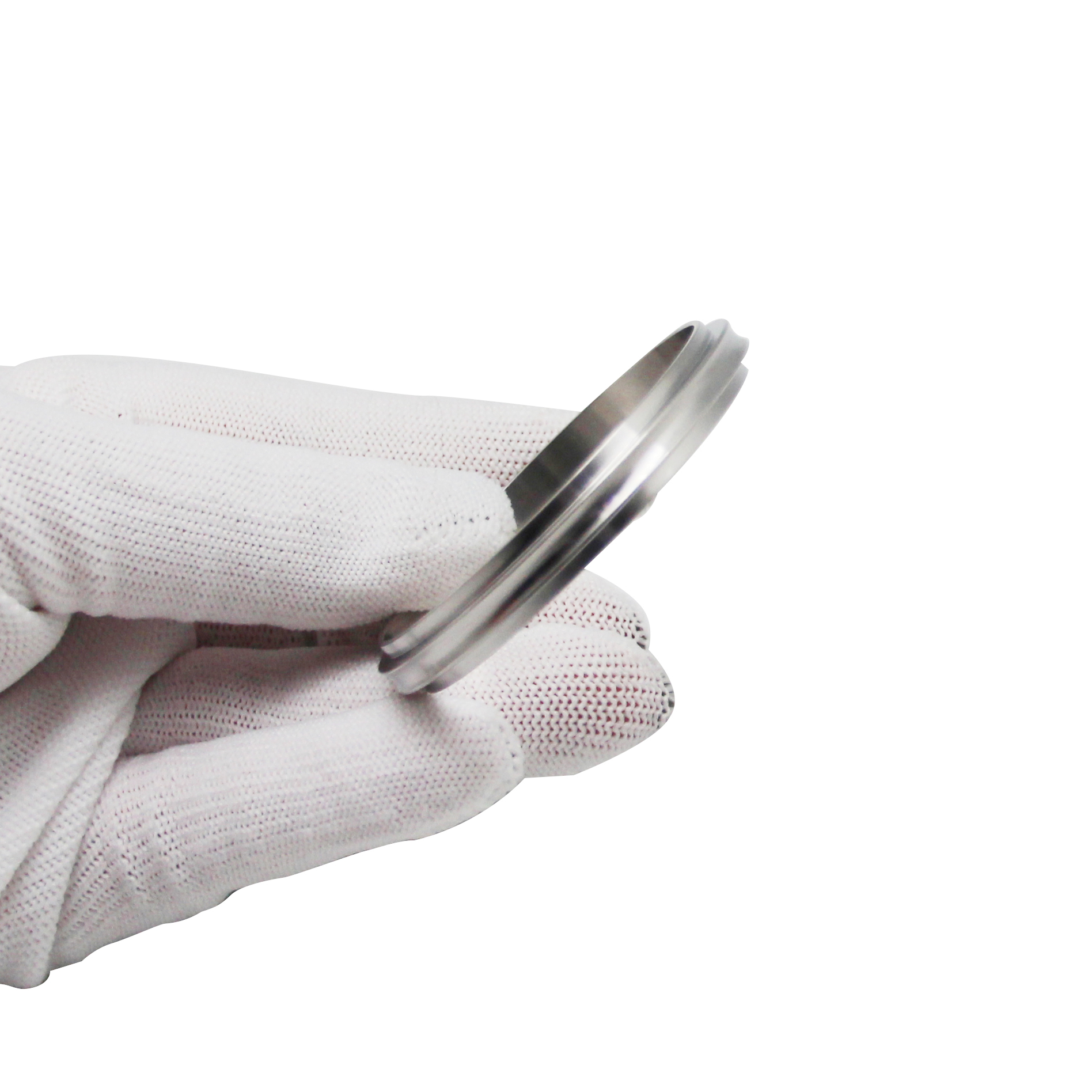What is Sanitary Butterfly Valve?

 by admin
by admin
Principles of Operation
The sanitary butterfly valve consists of a round, split stainless steel body and a stainless steel disc which is positioned in the center of the pipe. The disc (“butterfly”) has rods on the top and bottom that position the disk in the body and attach to a handle or actuator on the outside of the valve. A rubber donut like seat is positioned between the body and the butterfly. Turning the actuator/handle turns the disc either parallel or perpendicular to the flow. Different from a ball valve, this disc is permanently existing within the flow; consequently a pressure drop is always induced in the flow, regardless of valve position.
The valve seal is affected by the compression of the disk against the interior of the rubber seals. The rubber seal also seals the stem that attaches to the handle. Seal materials are normally available in EPDM, Viton and Silicone. Sanitary butterfly valve manufacturers QM stainless supply sizes from 1” through 8”.
Pressure Ratings
The sanitary butterfly valve is clearly not a high pressure valve. Listed below are typical pressure ratings.
Size Pressure Rating @70 F
1” 140 PSI
1 1/2” 140 PSI
2” 140 PSI
2 1/2” 110 PSI
3” 110 PSI
4” 85PSI
Are Sanitary Butterfly Valves Clean?
The word sanitary has different meanings for different users. Are sanitary butterfly valves clean? Sort of, depending upon your application. The fact that they are offered with sanitary clamp ends and are made from polished stainless steel and FDA approved elastomers makes sanitary butterfly valves relatively clean. They are a straight through valve so they are relatively drainable. But in some industries, the seals around the stems on the disks are problematic. They often don’t get completely clean in a CIP cycle. So to truly clean the valves, they must be disassembled. Because of this, butterfly valves do not get 3A approval and you rarely see them in biopharmaceutical applications. The ASME BPE does not even address them. But we do see them in food and beverage applications on a daily basis. In the end, what is clean enough is often determined by the end user.







